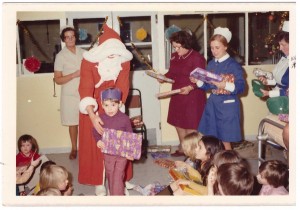Here is just a small glimpse of what we have on display. To learn more about the fascinating story of St Luke’s, come and see our exhibition at the Spike
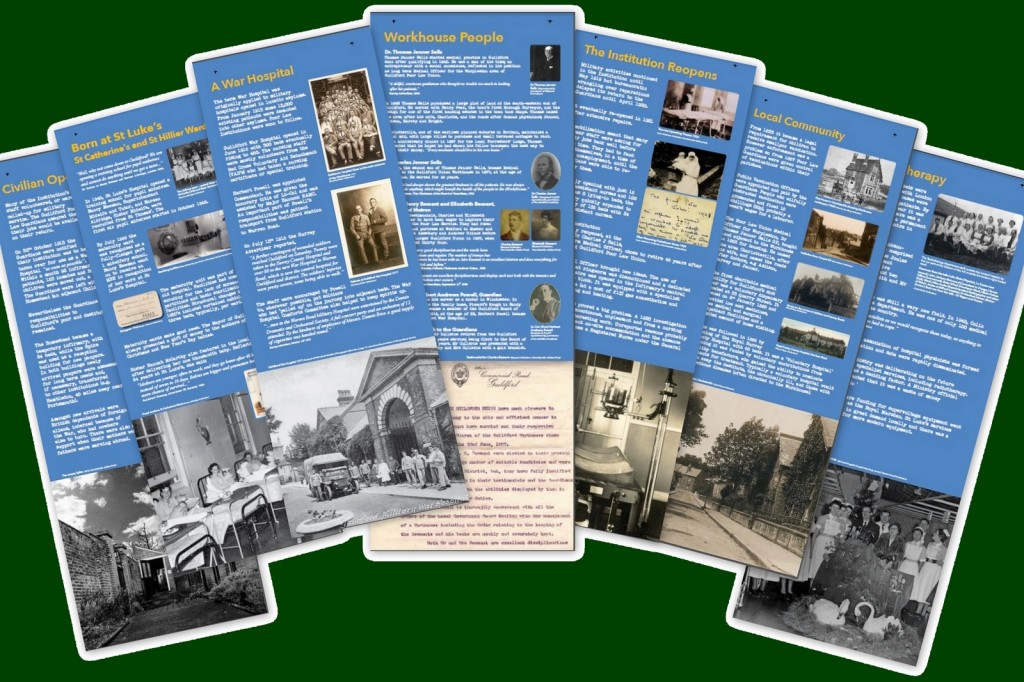
Here is just a small glimpse of what we have on display. To learn more about the fascinating story of St Luke’s, come and see our exhibition at the Spike

Our new exhibition continues to attract a lot of attention and we have had many compliments about our research. You know what they say, like a swan on water, it all looks very serene on the surface but here are a few photos of our mad paddling!
(For more information about the exhibition and a press pack please contact jane@charlotteville.co.uk)
The Spike, now an award winning Heritage Centre, is the 1906 Guildford Union Vagrants and Casual Ward. Its long, cold corridor with stone-breaking cells was erected to separate the ‘undesirable’ vagrants and their disruptive influence from the structured routine of the Workhouse. It is entirely run by volunteers and has just completed a major research project into the history of modern hospitals from their Victorian roots, as a workhouse sick bay, to a modern NHS Trust.
To contact The Spike:
As we remember those who perished fighting the war, SLHHP would like to specifically remember those who were brought from the front line to the Guildford War Hospital, Warren Road.
In 1916, Warren Road Hospital was taken over by the military to treat wounded soldiers from the front.
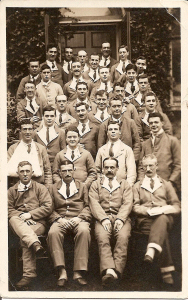
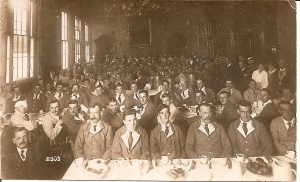
Australian soldiers were also treated here….some never came returned home. One such soldier was Private Francis Arthur Boyle of Queensland Australia. Boyle signed up to the 17th Battalion on the 18th January 1916 and fought in Belgium and France in the same year. By November, he was severely wounded – gut shot wound – and brought to the War Hospital here in Guildford. Sadly, he died of his injuries on Sunday 31st December 1916 and was buried at Stoughton Cemetery four days later. The sister in charge of the ward where Boyle lay was Linda Bell, and he’s what she said of his last days:
” He was unconscious for days before his death and died quite peacefully, his sister-in-law present. He was buried with full military honors in the Stoughton Cemetery, his sister-in-law attended. As I hope to leave for Australia and come from the same town as the late Pte Boyle, I intend to call and see his people…”
Her letter shows the compassion shown by the nursing staff at the hospital. Bell, herself was an Australian national, had seen her own share of tragedy when, on her way to Cameroon in 1915, the ship she was sailing on sunk at sea, drowning her colleague. Bell was saved but she lost everything. Despite this, she courageously sailed again soon after. An article which appeared in the British Journal of Nursing (April 1915) detailing her tragic voyage, stated “She evidently possesses the qualities necessary for war nursing,” and we’d have to agree.
The phone rang
” Good afternoon the Spike”.
” Kay, I’m outside. I’ve got a couple here from Spain who say they used to work at the hospital. Will you interview them for the project?”
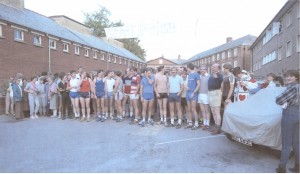
Mr and Mrs Fariira worked at St Luke’s Hospital in the early 1970’s as cleaners and had fond memories of their time here as their son was born in the maternity unit.
Mr Fariina said, ” I worked in the laboratory and the cancer unit. Mrs Atkins was the main boss. We worked long hours with only one hour break! In the cancer unit, I cleaned and served hot drinks and breakfast to the patients – toast, eggs, bacon, no beans! It was a very good breakfast!”
Mrs Fariina worked on the maternity ward. “The people were very nice” she remembered. I asked about the food, “Yes, they seemed to like the breakfast – the milk was very nice!” she said. “My son was born here. I received a BIG bunch of flowers from the hospital staff,” she smiled. “I stayed 15 days in the maternity because we had no family over here. The main nurse was very friendly.”
